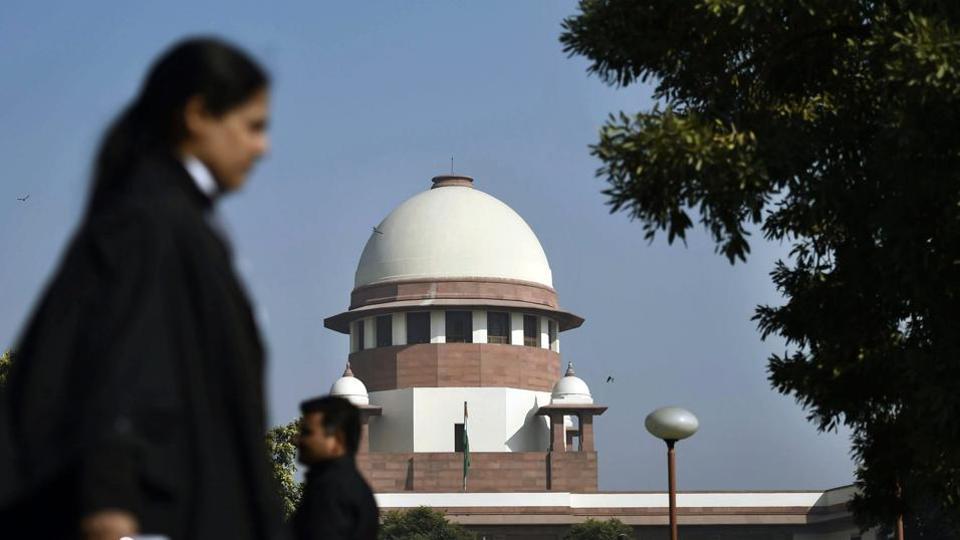Judiciary has functioned like a cosy, opaque club for too long | By Rajdeep Sardesai
How does an institution retain its moral and legal sanctity if it is split wide open on issues of conscience? Updated: Jan 19, 2018 10:14 IST “There is one thing that journalists and lawyers have in common,

How does an institution retain its moral and legal sanctity if it is split wide open on issues of conscience?
Updated: Jan 19, 2018 10:14 IST
“There is one thing that journalists and lawyers have in common, we both love to gossip!” a senior jurist reminded me a few days ago. In the week since four Supreme Court judges virtually ‘revolted’ against the Chief Justice of India, gossip has often replaced fact. Then, whether it be CPI leader D Raja’s meeting with Justice Chelameswar or the prime minister’s principal secretary calling on Chief Justice Dipak Misra, every move has been gleefully speculated upon. Lost in the clamour is the real significance of what happened on a dark but revolutionary Friday for the judiciary.
There are four core issues that lie at the heart of this ‘revolution’. First, the four judges by their unprecedented action have firmly put the spotlight on judicial accountability. This isn’t just about who will judge the judges but even more important, who will judge the chief justice. By going public with their grievances, not only have four senior judges questioned the efficacy of the internal redressal mechanism of the Supreme Court, but, in effect, challenged the unbridled authority of the Chief Justice to be master of the roster. It is apparent that the judges are accusing the chief justice of ‘bench-fixing’ and thereby expressing a lack of faith in the office of the chief justice. The message is loud and clear: the chief justice’s office cannot be above legal scrutiny. Being master of the roster is for administrative convenience, but doesn’t confer automatic immunity.
Second, there is an even graver concern of judicial corruption that needs to be examined. While no names have been explicitly spelt out by the four judges, it is now apparent from the transcripts in the Odisha medical admission scam that the role of senior judicial officers must be investigated. If the CBI has mentioned ‘illegal gratification’ of a judge in its preliminary inquiry, then surely permission must be granted to file an FIR against the judge concerned: failure to do so will only raise troubling questions over whether there is a concerted attempt to protect specific high ranking individuals.
Third, there is the vexed judiciary-executive relationship that is under the scanner. That this equation has been marked by growing mistrust was obvious when the former chief justice TS Thakur broke down in front of prime minister Modi over criticism of the judiciary. While the judiciary has zealously tried to protect its turf, the political executive has long felt that judicial overreach has eroded legislative authority. Moreover, the allure of potential post-retirement benefits has meant that individual judges could be vulnerable to political pressures. When retired chief justices are appointed governors and heads of government committees with a range of perks and privileges, there is a temptation to believe that sitting judges can be enticed to discriminate in favour of the ruling political class. Then, be it the recent Judge Loya case, or indeed, the upcoming potentially explosive Ayodhya matter, there is the lurking fear that judgments in politically sensitive cases could be manipulated.
Finally, there is the question of institutional integrity which is now being highlighted. How does an institution retain its moral and legal sanctity if it is split wide open on issues of conscience?
Public confidence in the judiciary was built around the belief that our judges were men and women of honour and character. In recent times, amid whispers of possible mischief in the courtrooms, that confidence has been shaken. Which is why it has been important for at least a few good men to stand up and be counted.
Modi-sceptics would have you believe that these judicial ailments originated in the BJP’s massive victory in May 2014 that convinced the political leadership that it could bulldoze the courts to fall in line. Truth is, the present crisis in the Indian judiciary stretches back to a period when judicial appointments were made in a non-transparent manner, first by an imperious political leadership during the Indira Gandhi era, and later, by a tightly-knit collegium of judges.
Indeed, for much too long, our high judiciary under the guise of judicial independence has functioned like a cosy, opaque club.
Often protecting its own, this club has used a mix of legal weapons like contempt of court and constitutional guarantees like a cumbersome process of impeachment to build an almost impenetrable wall of silence and secrecy. It is that wall which has been now breached by the Chelameswar-led revolt. Which is why it deserves two cheers: a third cheer would follow if the revolt results in genuine reform.
Postscript: A WhatsApp joke that has gone viral calls for the BCCI to now appoint a three-member committee to reform the Supreme Court. When a venerable institution becomes the butt of jokes, it only emphasises the urgent need to repair a creaking system before it is too late.

